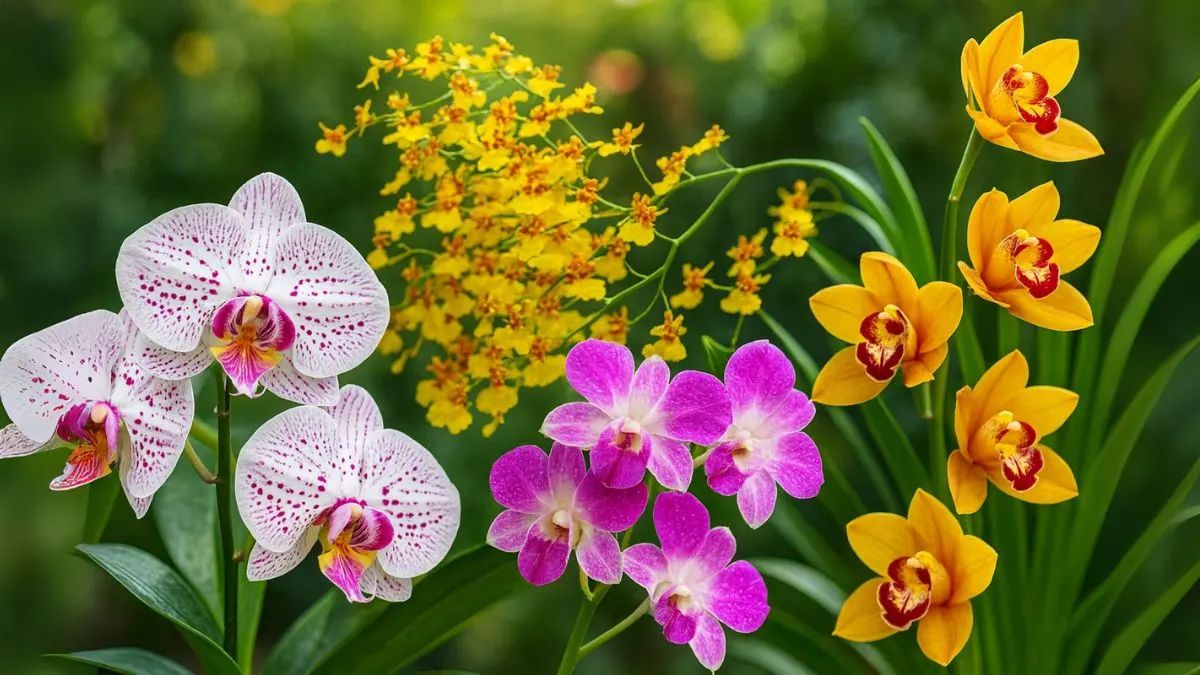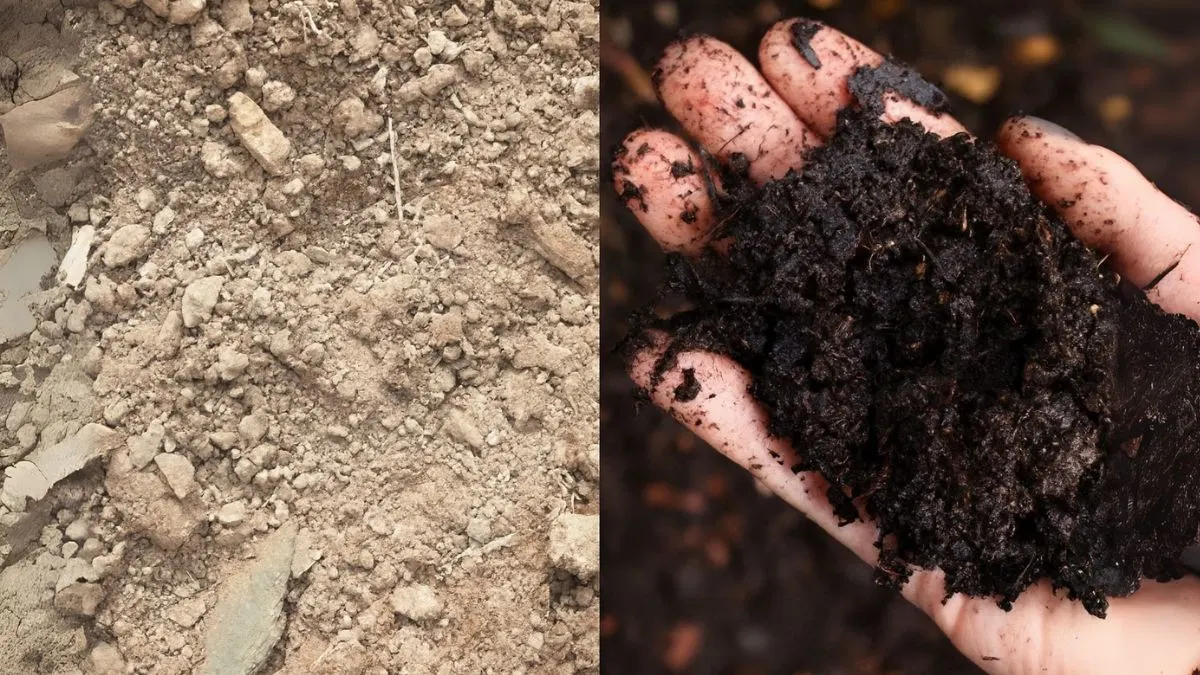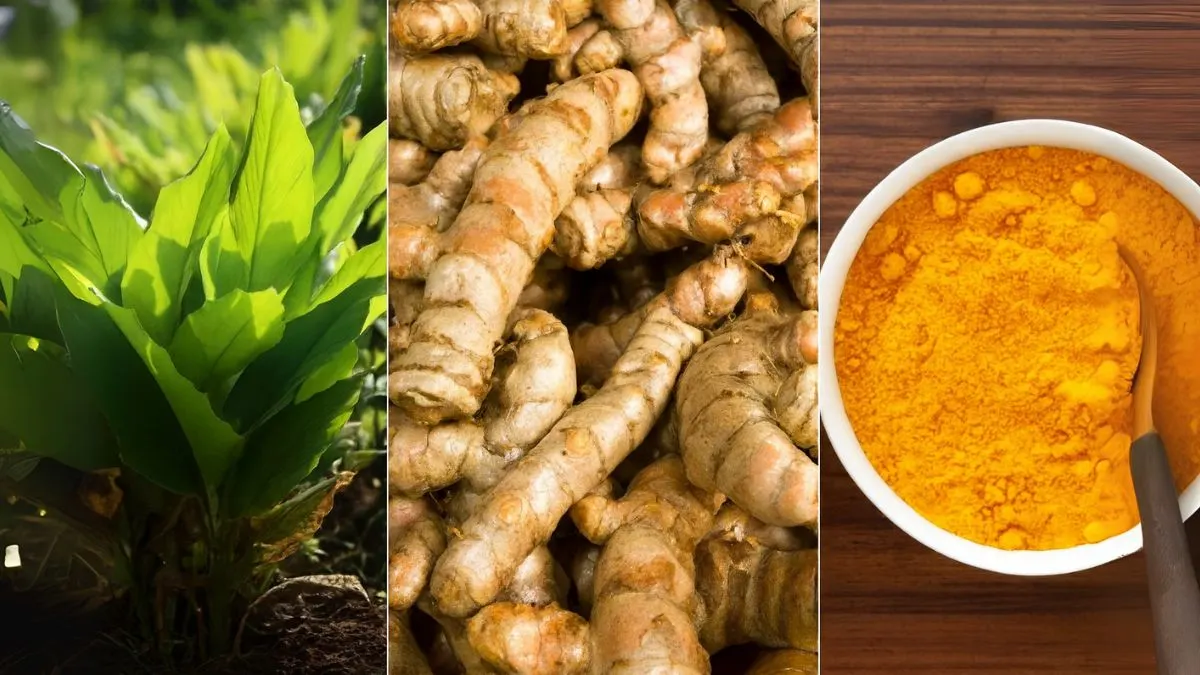Orchids have an almost mythical charm. When you see one in bloom, it’s like nature’s artwork frozen in time. But what if I told you there are orchids that never stopped blooming for months—sometimes even for most of the year?
Years ago, I bought my first Phalaenopsis orchid on a whim. It bloomed for six beautiful months, then paused, then—surprisingly—started again without much prompting. That’s when I learned the secret: the right variety, paired with the right care, can give you flowers almost year-round.
-
Phalaenopsis Orchids – The Easy Champions
If you’ve ever grown orchids, chances are you’ve tried the Phalaenopsis orchids. Known as beautiful and prolific, they can bloom for 3–6 months at a time and then bloom again within the same year.
Why They Bloom So Often:
- They’re naturally adapted to warm homes in Canada and USA.
- They need just a small seasonal trigger—the orchid needs a 10F-15F temperature change in order to bloom again.
- They produce multiple flower spikes from the same stem if you don’t cut it back completely.
Personal Tip: I keep mine near a bright east-facing window and lower the night temperature slightly in early Fall, since Fall is the best time for your orchid to rebloom naturally.

-
Dendrobium Orchids – The Comeback Artists
Dendrobium orchids are perfect for those who want bold clusters of blooms multiple times a year. While some varieties have a short rest period, others can stay in flower for months before producing new spikes.
These orchids thrive if you mimic their native tropical environment. Like Phalaenopsis, they benefit when the orchid needs a 10F-15F temperature change in order to bloom again.
-
Oncidium Orchids – The Dancing Ladies
Oncidiums are nicknamed “Dancing Lady Orchids” because of their fluttering flower shapes. They can rebloom multiple times a year if you give them enough light—remember, inadequate light is the number one reason orchids refuse to bloom.
I made this mistake early on. My Oncidium stopped blooming after 6 months, and I almost gave up. But after moving it to a sunnier spot, the blooms came back within weeks.
Also Read: 7 Stunning Flower Bed Ideas That Will Instantly Transform Your Garden
-
Cymbidium Orchids – The Seasonal Long-Players
In cooler regions of Canada and USA, Cymbidiums can produce spectacular long sprays of flowers that last for months. While they tend to bloom in cooler months, proper care can extend their flowering season.
For best results, keep them outdoors in summer, then move them indoors when Fall is the best time for your orchid to rebloom naturally.
Why Orchids Stop Blooming (and How to Prevent It)
Even the best varieties sometimes need a nudge. Common reasons include:
- Inadequate light is the number one reason orchids refuse to bloom.
- Lack of a seasonal temperature shift—the orchid needs a 10F-15F temperature change in order to bloom.
- Over-fertilising during the rest period.
Quick Tip Table:
| Problem | Likely Cause | Quick Fix |
| No new blooms after months | Inadequate light | Move closer to a bright window or use a grow light |
| Healthy leaves, no flowers | No temperature drop | Provide a 10F-15F cooler night temp for 2–3 weeks |
| Blooms drop too soon | Dry air or heat stress | Increase humidity and avoid heat vents |
How to Encourage Year-Round Blooms
- Adjust Temperatures – Mimic nature by giving your orchids a 10F-15F temperature change between day and night, especially in Fall.
- Light is Non-Negotiable – Bright, indirect sunlight keeps energy flowing for new blooms. Remember: inadequate light is the number one reason orchids refuse to bloom.
- Don’t Cut Spikes Too Early – Some orchids rebloom from old spikes; wait until they turn brown before trimming.
- Seasonal Fertiliser Routines – Use a balanced orchid fertiliser during active growth, then slow down during rest periods.
My Experience with a Never-Ending Orchid
One of my Phalaenopsis orchids bloomed for half a year, stopped blooming after 6 months, and then rebloomed just eight weeks later without any coaxing. All I did was move it to a cooler windowsill in September—proving that Fall is the best time for your orchid to rebloom naturally.
Also Read: DIY Painted Pot Inspiration: Make Your Plants Pop in Style
Your Path to Endless Orchid Beauty
Growing orchids that never stopped blooming isn’t just luck—it’s knowing their natural rhythms and giving them what they need.
Whether you choose Phalaenopsis orchids for their forgiving nature, Dendrobiums for their showy clusters, or Oncidiums for their charm, the right care means you can enjoy flowers almost all year.
So, watch your light levels, remember the 10F-15F temperature change in order to bloom, and don’t get discouraged if they stopped blooming after 6 months—your next flush of flowers might be just around the corner.



